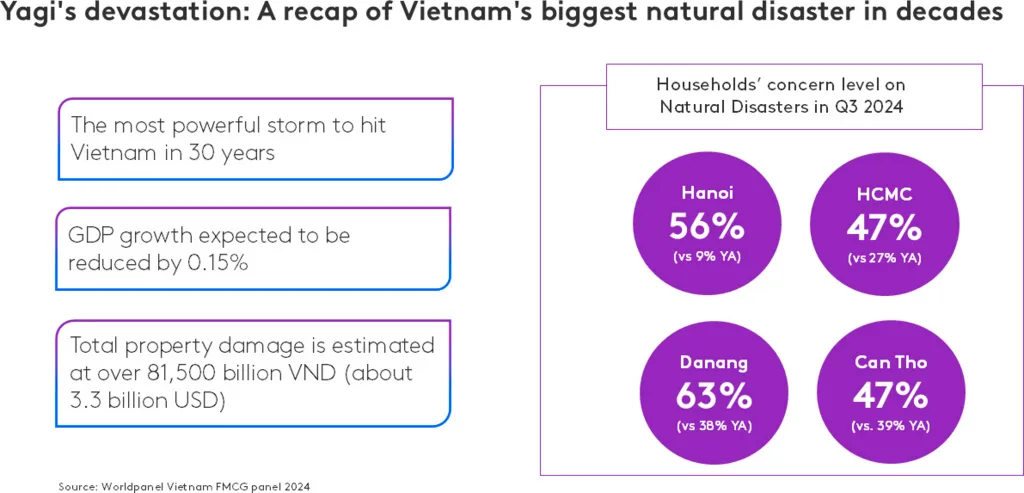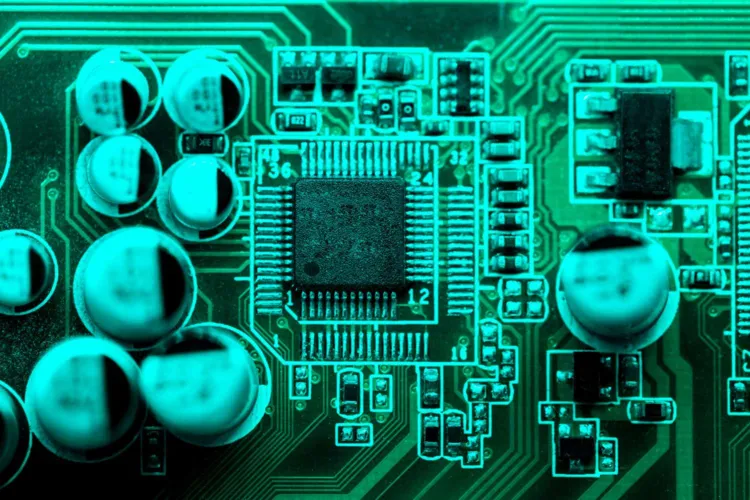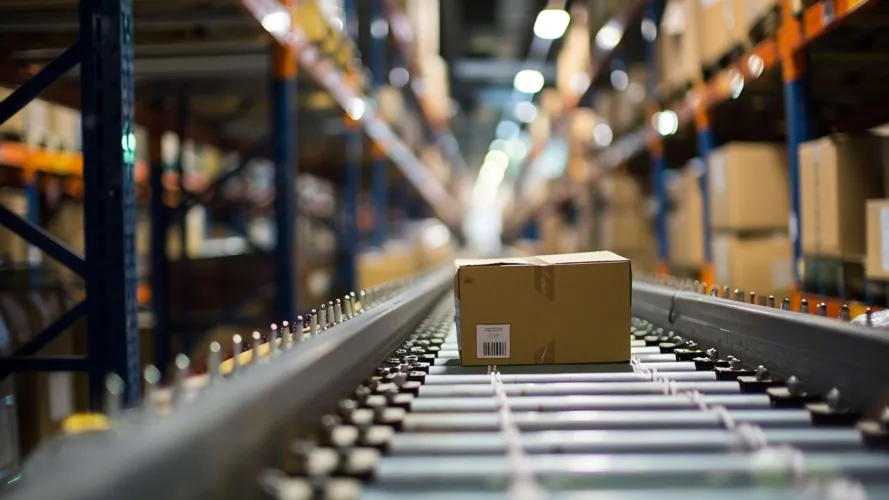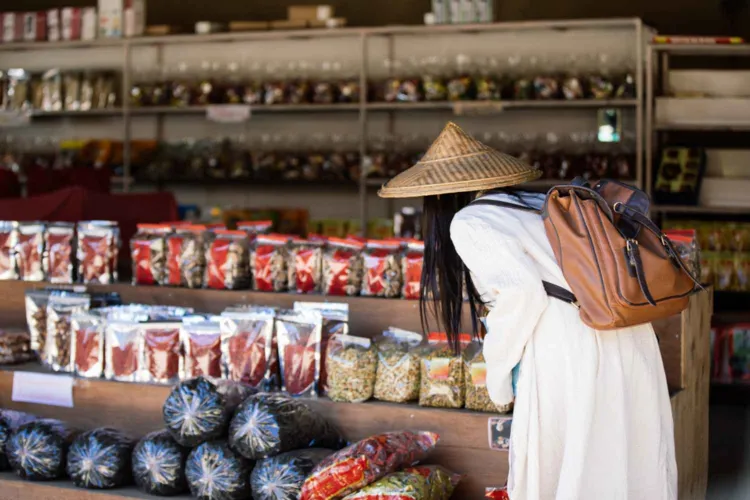After Typhoon Bualoi struck in 2025, Vietnam faced not only destruction but also a turning point. The storm exposed the country’s vulnerability to floods, landslides, and coastal erosion. In response, both startups and government programs launched a wave of action. This is an emerging force now known as Vietnam Disaster Resilience Innovation, combining digital tools with nature-based recovery. Let's take a closer look!
Community-Driven Nature Solutions

In the northern province of Lao Cai, the people of Ban Lien Commune are restoring the land their ancestors protected. They have planted 10 hectares of seedlings to replace old trees lost to violent storms. These new trees act as a living shield, stronger and more adaptable than concrete walls. The project shows how local communities are turning restoration into resilience, blending tradition with innovation.
Meanwhile, national projects are scaling up this idea. Backed by the Green Climate Fund, Vietnam has built 4,000 storm- and flood-resilient houses, benefiting 20,000 poor coastal residents. The same initiative also restored 4,000 hectares of mangroves that serve as natural buffers, reducing storm surge impacts and anchoring fragile coastlines.
Smart Vietnam Disaster Resilience Innovation for Early Warnings
Resilience also means knowing what’s coming. Vietnam has installed automatic rain gauges and a smart flood warning tower in Thanh Hóa Province. These systems provide real-time data to authorities, giving communities faster alerts and more time to act.
At the national level, AI and digital forecasting systems are transforming how the country predicts weather events. The integration of artificial intelligence has sharply improved the accuracy of rainfall and cyclone predictions, helping reduce losses before disasters strike.
One standout example is the Vrain mobile app, which delivers live hydrometeorological data directly to local governments and residents. When heavy rains threaten, the app alerts users instantly. This kind of accessible, community-facing innovation is at the heart of Vietnam’s disaster preparedness strategy.
Vietnam Disaster Resilience Innovation: Government Programs and Long-Term Vision
The Vietnamese government’s climate resilience plan sets ambitious goals for 2030. It focuses on building climate-resilient infrastructure, strengthening disaster prevention systems, and scaling up early warning technologies. These programs aren’t isolated projects—they’re part of a coordinated effort to make every community safer and more adaptive to extreme weather.
Post-Typhoon Bualoi, the sense of urgency grew. The disaster triggered a nationwide push for innovation, encouraging partnerships between startups, scientists, and public agencies. Together, they’re working on scalable digital monitoring platforms, smart infrastructure, and predictive tools that turn data into action.
Vietnam’s National Adaptation Plan has also been upgraded to promote bankable climate adaptation projects. By blending public funds with private investment, the government ensures that climate resilience efforts can expand and sustain themselves over time.
Vietnam Disaster Resilience Innovation Rooted in People and the Planet
From tree planting in Lao Cai to AI forecasting in Thanh Hóa, every project shares a human focus. These efforts are not just about technology—they’re about giving communities control over their safety and future.
Vietnam’s emerging model of Vietnam Disaster Resilience Innovation is built on three pillars: technology, nature, and collaboration. Each reinforces the other, creating a system that adapts instead of merely reacts. As Vietnam advances toward its 2030 goals, it’s proving that resilience is a mindset. By uniting green growth, digital intelligence, and human determination, the country is building a stronger line of defense against the storms to come.
FAQs
1. What is Vietnam Disaster Resilience Innovation?
It’s Vietnam’s combined effort to use technology, nature-based solutions, and policy reforms to reduce disaster risks and strengthen communities.
2. How has technology improved disaster preparedness in Vietnam?
AI forecasting, mobile apps like Vrain, and smart warning systems now give real-time data, helping people act faster during floods and storms.
3. What role do mangroves and forests play in resilience?
They act as natural shields, reducing wave impact and preventing erosion, while also supporting biodiversity and local livelihoods.
4. What are Vietnam’s 2030 climate resilience goals?
The country plans to complete climate-resilient infrastructure and improve disaster prevention systems nationwide by 2030.
5. How did Typhoon Bualoi influence innovation in Vietnam?
The storm highlighted weaknesses and pushed startups and government programs to invest in scalable, tech-driven resilience solutions.







